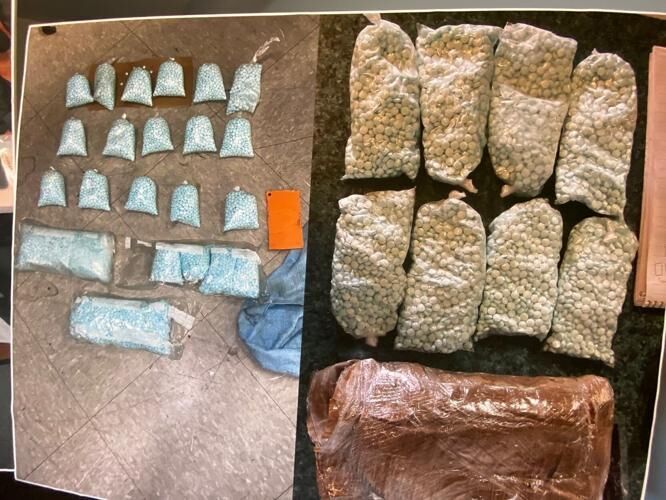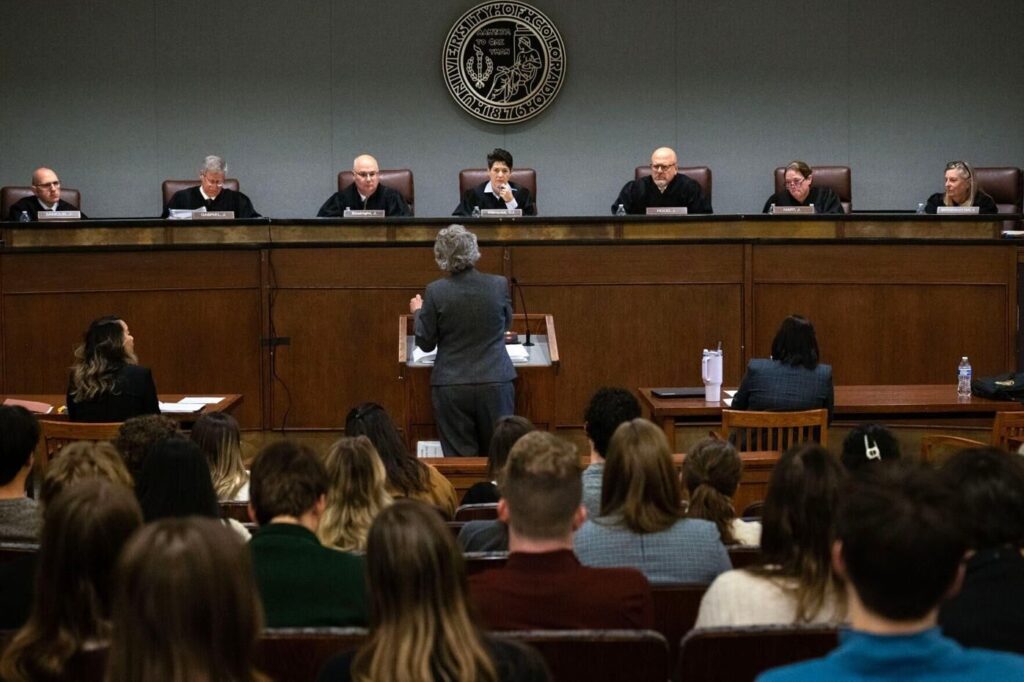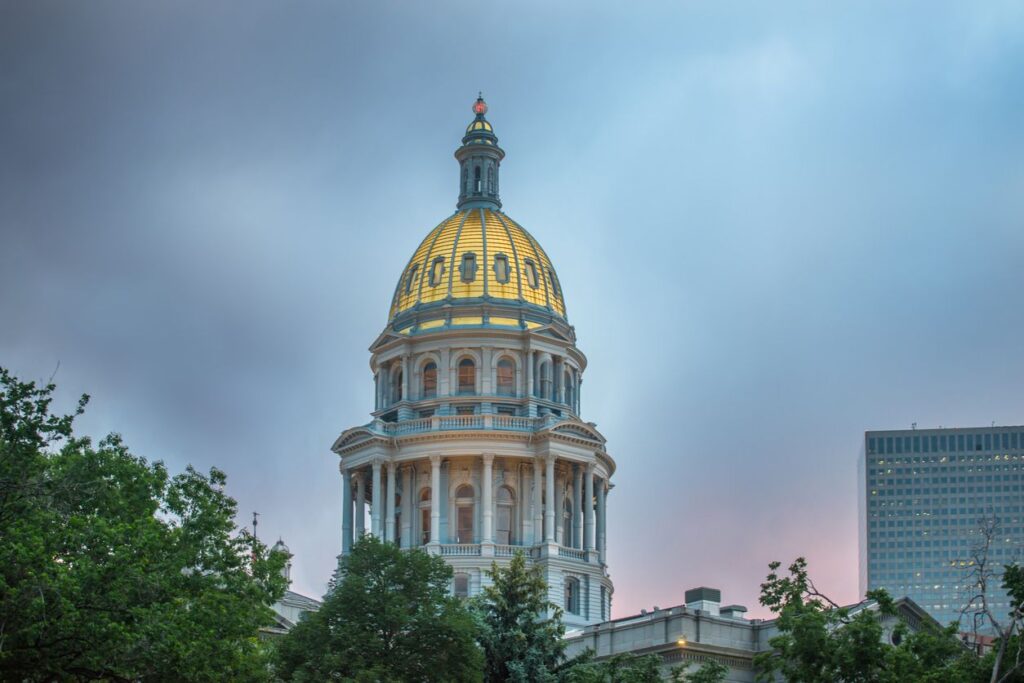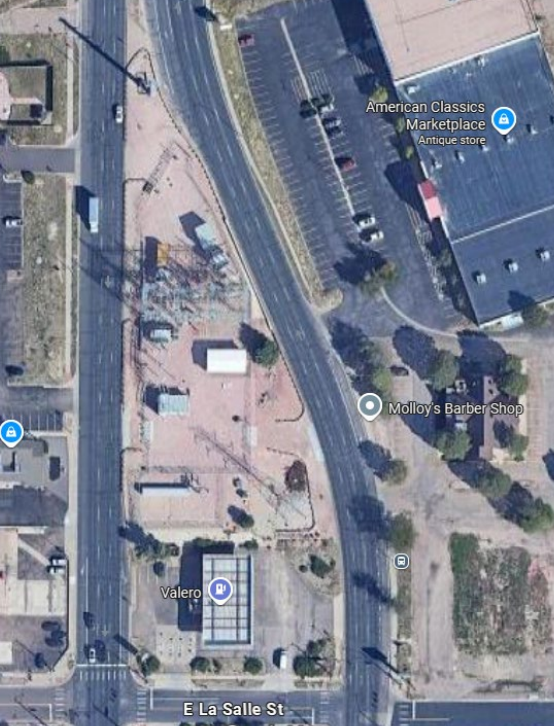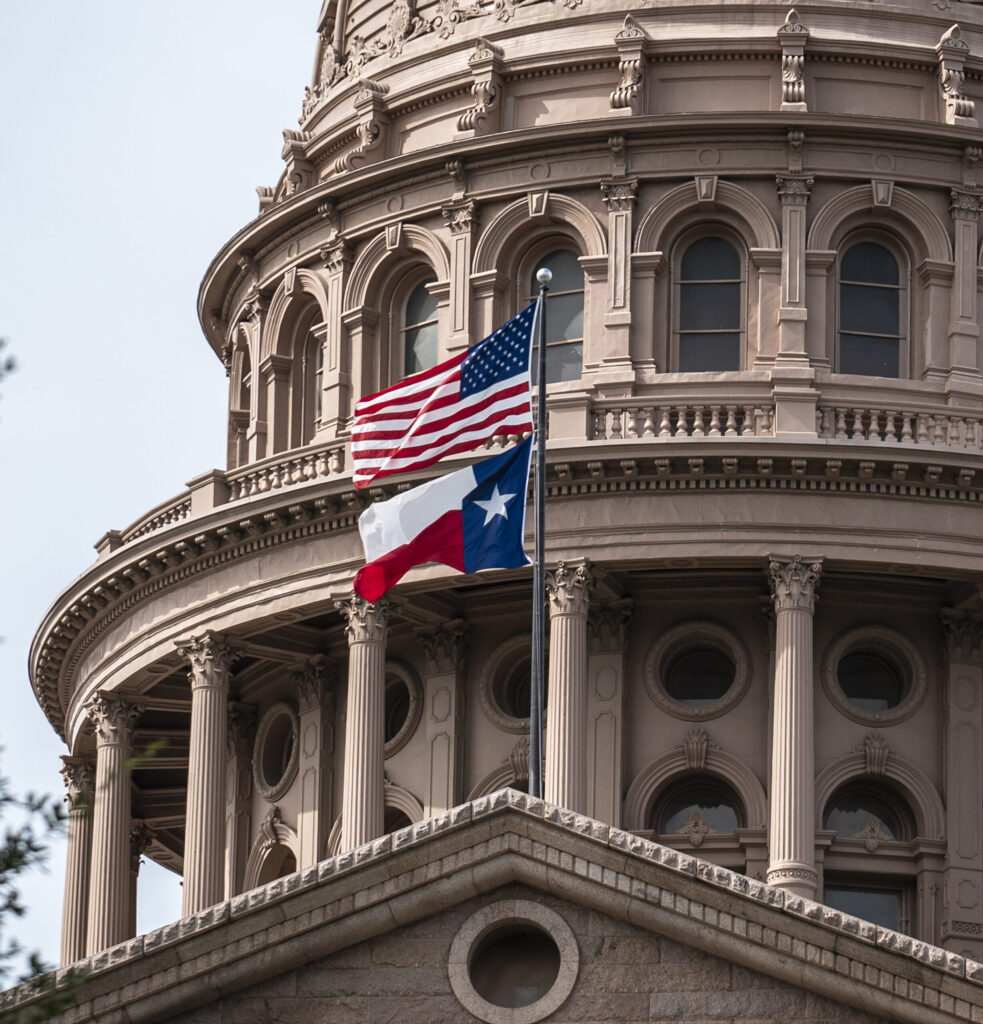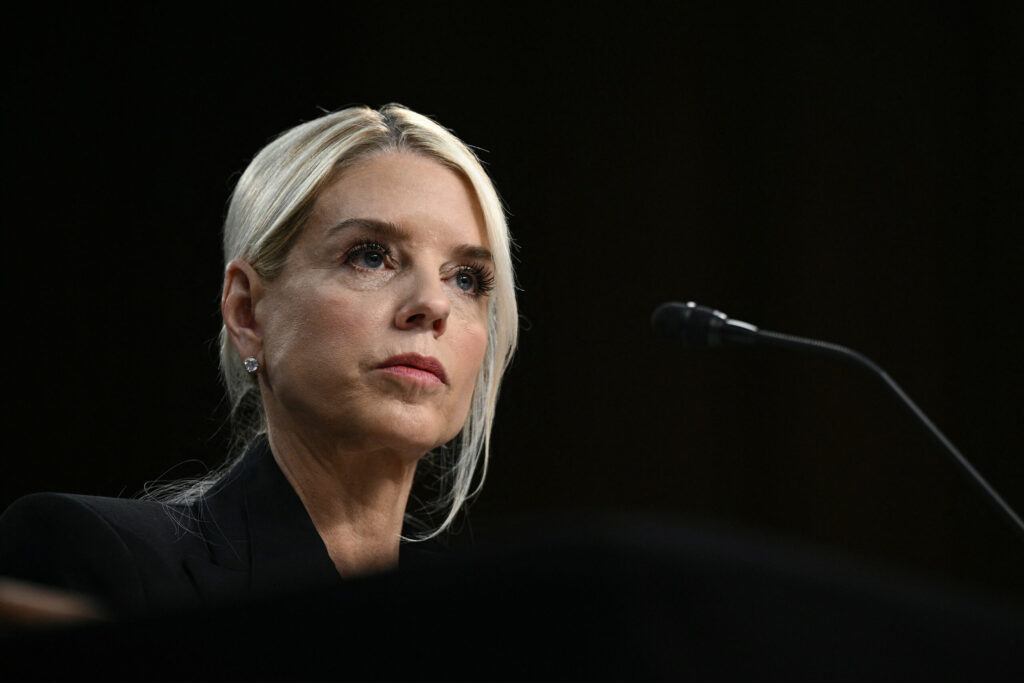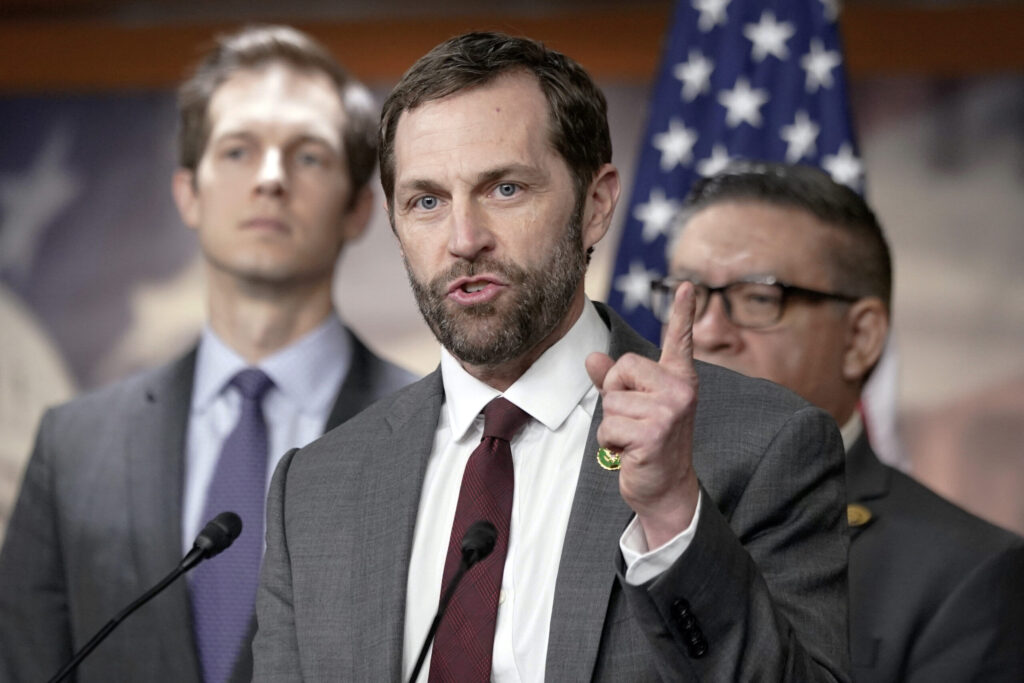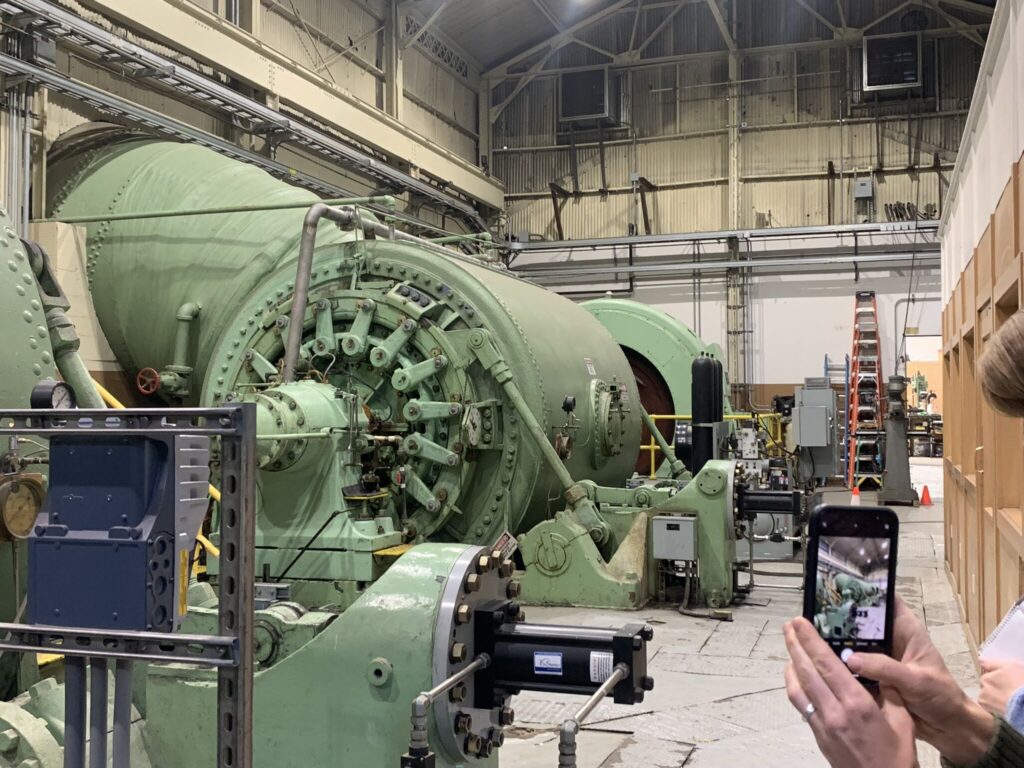Denver officials say new ‘SPEED’ program would reduce traffic fatalities
Denver Mayor Mike Johnston on Monday announced a new transportation program focused on reducing roadway speeds and crashes by deploying strategies that seek to modify drivers’ behavior by forcing them, for example, to “rest” at red lights.
Officials hope the strategies would curb crashes and put Denver on a path to reducing traffic-related fatalities to zero by 2030.
Actually, the city has a longstanding program called “Vision Zero,” which seeks to eliminate serious injuries and traffic fatalities by that year.
To achieve that goal, the city has, among other things, reduced traffic lines to give room to cyclists, added on some streets waist-high poles poking up from the pavement called bollards, and broke ground to build center medians that officials said would provide people “safe places to stand when crossing.”
In pursuing these strategies, the city has signaled a preference for cyclists and pedestrians using roadways, while restricting lanes for motorists in certain areas and viewing speed as the culprit.
As of June 24, the city has recorded 27 traffic deaths. In Denver, the number of traffic-related injuries peaked at 422 incidents in 2023, while 83 traffic-related deaths were reported last year, according to the Department of Transportation and Infrastructure. Of the deaths, 38 occurred in cars, 32 were pedestrians, eight were motorcyclists and three were bicyclists, the data shows.
The new program — called “SPEED,” which represents two acronyms: “Start Protecting Everyone Every Day” and “System Providing Evidence-based Enhancements in Denver” — intends to test whether modifying intersections and adding roadway speed indicators would reduce traffic crashes.
In the program’s pilot stage, the city is eying modifications to two corridors that officials said are more prone to accidents.
“We view this as the next step in our work in Vision Zero with a goal to try to reduce the total number of traffic related fatalities by 50% over the next few years,” Johnston said during a news conference on Monday.
The new program, overseen by Denver’s Department of Transportation and Infrastructure, emphasizes increased speed enforcement and intersection modifications in “high injury network” corridors, officials said.
Officials said the street modifications include the following:
- “Saturating” corridors with speed limit and feedback signs
- “Programming” traffic light signals to give those following the speed limit more green lights
- “Engineering” signal times to force vehicles to rest at red during dark hours, the most common time for traffic crashes, DOTI officials said
- “Expanding” the use of signal timing to allow more time for pedestrians to cross the street
- “Deploying” speed enforcement on two selected corridors — meaning more mobile speed enforcement vans and testing automated speed enforcement cameras.
“Those are the five core components of what we believe can make a massive impact and make the streets in Denver safer,” Johnston said.
Denver is launching the SPEED program along two high safety risk corridors, transportation officials said. Over the next 18 months, the city’s transportation department plans to modify corridors along Federal Boulevard from 52nd to Floyd Avenue, and Alameda Avenue from Sheridan to Havana Street.
DOTI Executive Director Amy Ford described the initiative as a “low cost” solution to curbing speeding.
“We’re not talking about things that are always easy, or always cheap,” she said. “A lot of strategies here are actually low cost strategies that we can move much more quickly than we really intended to do.”
She said each corridor modified under the SPEED program would cost roughly $1 million, adding the department has requested $20 million from the “Safe Streets and Roads for All” federal grant.
For state assistance, Ford told The Denver Gazette that “it is a work in progress.”
“We recognize how we put these investments together is something very important and obviously something we’re continuing to focus on,” she said.
“How we address speed and how we reduce speed is something that we’re asking everyone to be a part of. That is not just us trying to make changes onto corridors, but those who are driving and those who are walking,” Ford said at Monday’s press conference.
Ford said Denver could consider reducing the non-posted speed limits from 25 miles per hour to 20 miles per hour, depending on the results of “SPEED.”
District 3 Councilmember and Council President Jamie Torres said Denver City Council is “overwhelmingly” in favor of the SPEED program.
What the program needs to do, she said, is “create a response and behavior from drivers” at high risk intersections.
“Council supports it because it also reduces the interaction with police officers and the need for police officers to constantly be patrolling those kinds of intersections,” Torres said.



